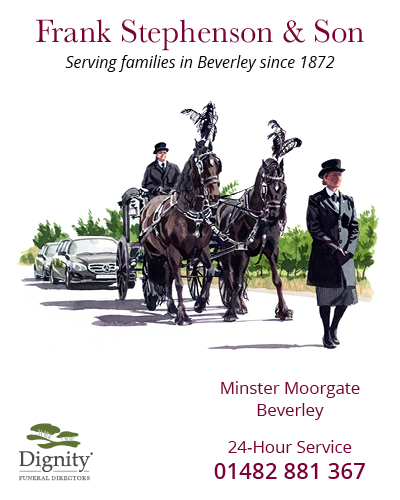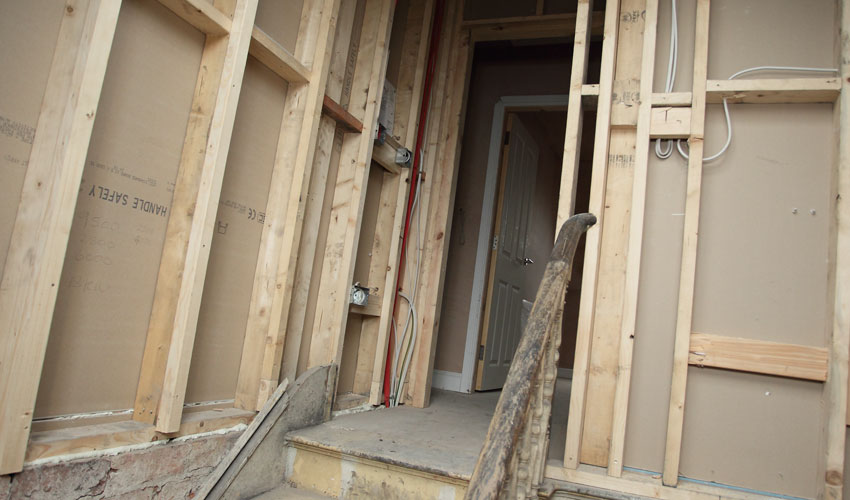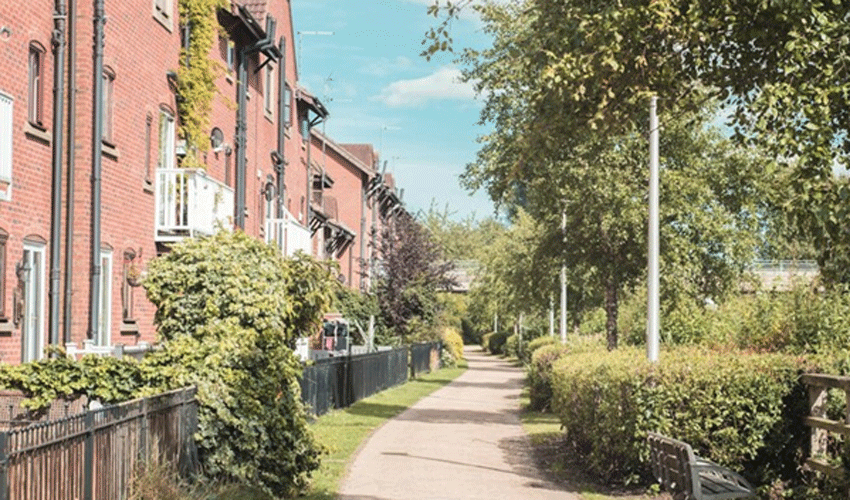A crook and chain for pulling down burning houses were mentioned in 1541-2 and 1556-7. Buckets and fire hooks were ordered to be bought in 1666 and 1674, on the latter occasion 24 buckets and four hooks, half to be provided by the corporation and kept in the Beverley Minster and town hall and half to be provided by the church wardens of St. Mary’s Church Beverley and kept there.
In 1681 people who ‘watched’ at a fire were rewarded by the corporation, and grappling irons were ordered to be bought for the future. The town’s first fire engine was evidently that given by a Mr. Fotherby in 1725, and buckets were bought the next year with money given by the M.P.s for Beverley. It was also decided in 1726 to employ 12 men to work the engine and to reward them when they did so, and 30 buckets were to be hung in each church.
From 1755 the cost of using the engine for fires at minster property was charged to the minster funds. Engines were later kept in the minster and St. Mary’s church under the control and at the expense of the corporation.
In 1831 it became necessary to buy a new engine, the corporation contributing £21 to a special subscription. A management committee, comprising the churchwardens of St. Mary’s Church Beverley and representatives of the corporation and the insurance companies, was formed the same year and it decided to lease an engine house, appoint an engineer and 23 firemen, reward others who helped at fires, recoup expenses from those who benefited, and maintain the engines from the original subscription.
From 1832 the only income was £2 7s. given each year by the corporation, but in 1841 additional subscriptions were obtained and St. Mary’s Church Beverley wardens provided a house rentfree for the engines.
By 1854 the arrangements made in 1831 were neglected, and while the old and new engines at St. Mary’s Church Beverley were in good repair the two at the minster were derelict.
In 1861 a corporation committee appointed to inquire into the state of the engines reported to the local board of health that two more had been provided in the town, one belonging to William Crosskill’s trustees and the other at Grovehill; the board was evidently considering the establishment of a fire brigade.
In 1862 the subscription engine was moved to the prison. The corporation, which had renewed its annual payment in 1854, increased it to £3 in 1863. By 1867 there were five engines: the subscription engine, then kept at the Beverley Guildhall, the large minster engine, then at Crosskill’s foundry, a small engine at the minster, the Beverley Iron & Waggon Company’s engine, and the Grovehill engine.
The local board proposed that year to take over the management of the subscription engine from the fire engine committee. In 1881 the subscription engine, which was then kept at the police office, was described as the town’s only engine. The superintendent of police, Henry Knight, proposed in 1875 that a fire brigade should be established, and by 1885 Beverley had a volunteer brigade with Knight as its superintendent; it comprised the police force and 12 volunteers.
A new engine was bought by subscription in 1886 and it was decided to keep the old one at the gasworks, to serve the works and that part of the town. A new manual engine was bought by the corporation in 1920 and presented to the volunteer brigade.
A professional fire brigade was formed in 1924 comprising nine men, including the chief constable as captain. A motor fire engine was bought that year and a station to house it was constructed from unused police cells at the guildhall.
The brigade was to fight all fires in the borough and in Beverley rural district. Following the merger of the borough and county police forces in 1928 the police superintendent in charge of Beverley became captain of the fire brigade, responsible to the chief constable of the East Riding, who was made senior officer of the brigade.
From 1938 the brigade was supplemented by auxiliary firemen, but in 1941 it became part of the National Fire Service. The fire station was moved from the Beverley Guildhall to the municipal offices in Lairgate in 1942.
After the war the brigade was not returned to the control of the borough, and the town was served by the newly formed East Riding county brigade from 1947. A headquarters station at Beverley was to serve the borough and 19 nearby civil parishes, and the former drill hall in Albert Terrace was converted for the purpose in 1950-1.
The premises at the municipal offices were, however, retained for use by the Auxiliary Fire Service. Responsibility passed to Humberside county council in 1974. The county station was replaced by a new building, in New Walkergate, opened in 1983.












